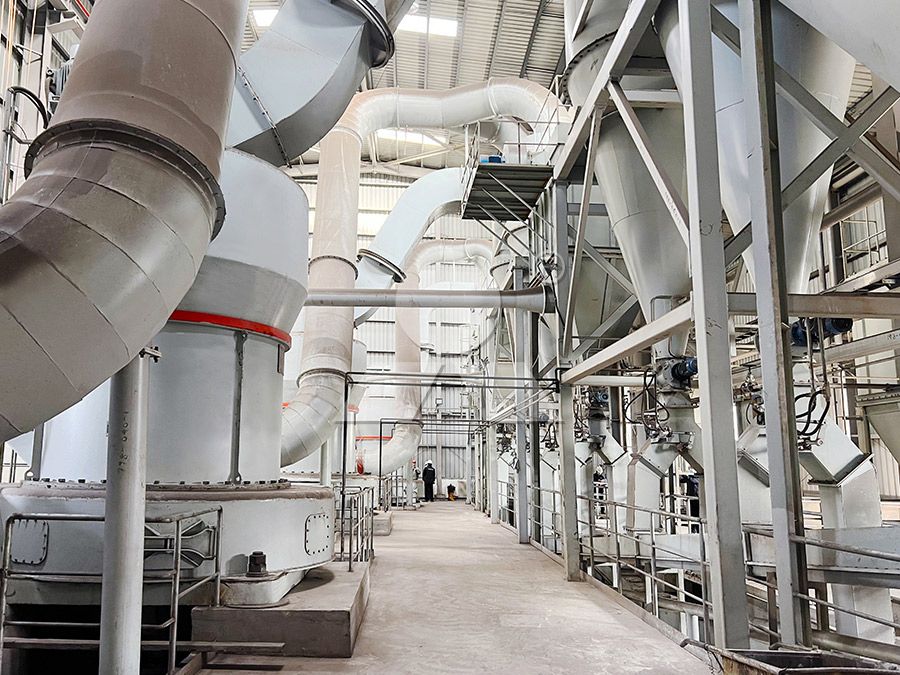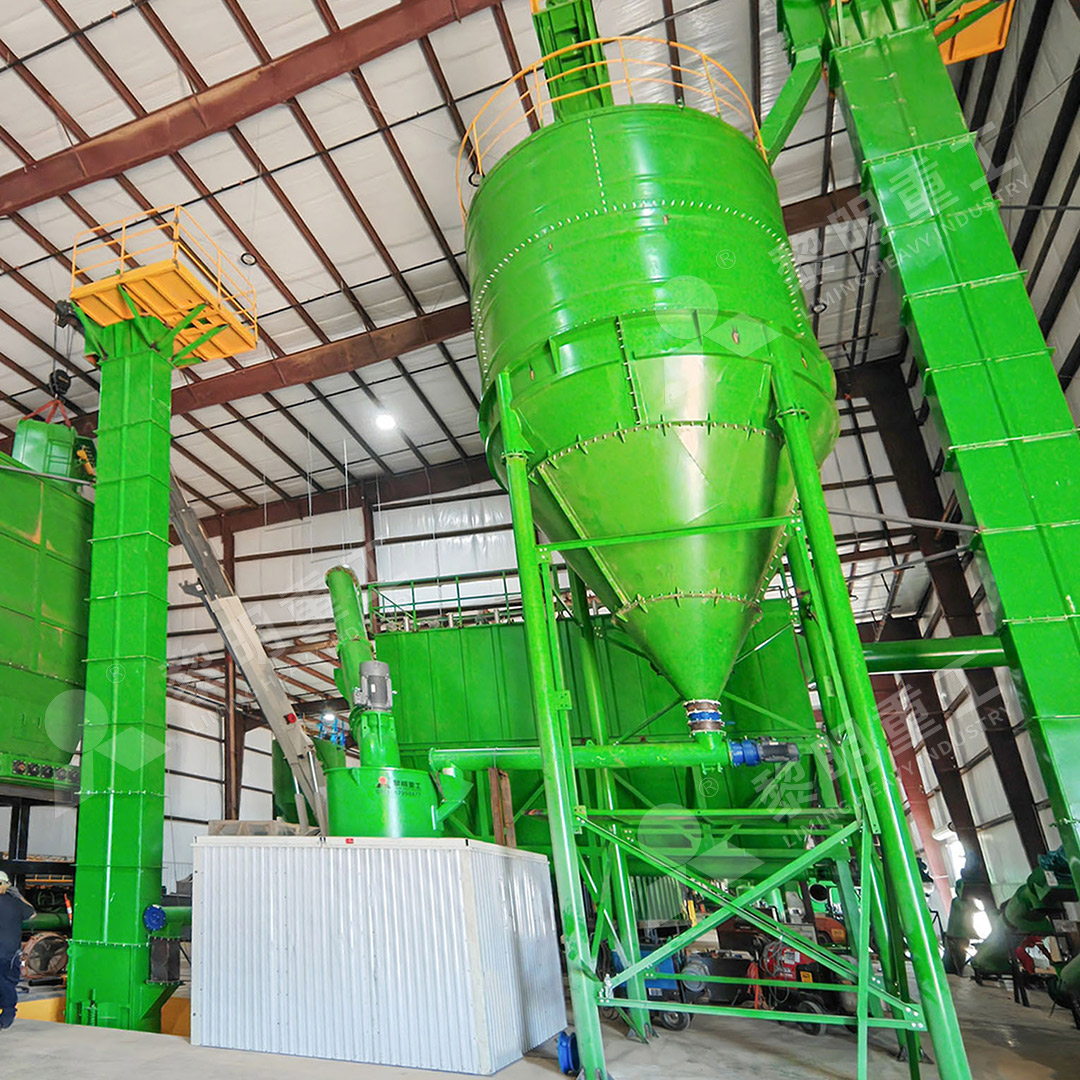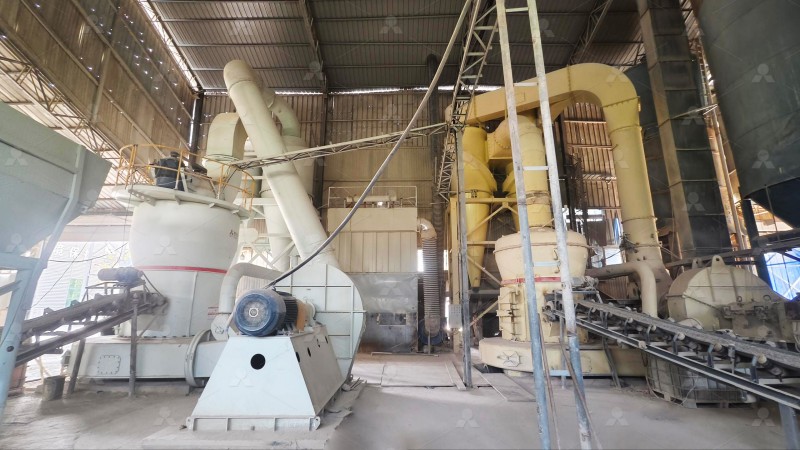100 Mesh Fluorite Grinding Mill: Selection Guide and Price Analysis
Navigating the Complexities of Fluorite Grinding
Processing fluorite to 100 mesh specifications presents unique challenges that demand specialized equipment. The mineral’s variable hardness, combined with strict purity requirements for industrial applications, necessitates grinding solutions that balance precision, efficiency, and operational economy. As industries from ceramics to metallurgy increasingly demand consistent fluorite powders, selecting the right milling technology becomes paramount to profitability and product quality.

Key Considerations for 100 Mesh Fluorite Production
When targeting the 100 mesh range (approximately 150 microns), several technical factors directly impact both equipment selection and operational costs. The abrasiveness of fluorite dictates wear-resistant construction, while the need for consistent particle distribution requires sophisticated classification systems. Moisture content, feed size variability, and production volume requirements further complicate the selection process. Operations must also consider environmental regulations governing dust emissions and noise pollution, particularly in regulated industrial zones.
Advanced Grinding Technologies for Fluorite
The evolution of grinding technology has produced several distinct approaches to mineral processing. While traditional Raymond mills and ball mills remain in service, newer designs offer significant advantages in energy efficiency, particle control, and environmental compliance. The most progressive operations now favor vertical grinding systems and European-style trapezium mills for their superior performance characteristics when processing moderate to high volumes of fluorite.

Recommended Solution: MW Ultrafine Grinding Mill
For operations requiring precise control over 100 mesh fluorite production, our MW Ultrafine Grinding Mill represents the current technological pinnacle. Engineered specifically for ultra-fine powder applications, this system delivers exceptional performance with input sizes up to 20mm and capacities ranging from 0.5 to 25 tons per hour. The integrated pulse dust collector and muffler system ensures environmental compliance without compromising operational efficiency.
The MW series distinguishes itself through several innovative features. Its newly designed grinding curves enhance efficiency, yielding production rates 40% higher than jet mills and double that of ball mills while consuming only 30% of the energy of comparable jet milling systems. The German-engineered cage-type powder selector enables precise fineness adjustment between 325-2500 meshes, with single-pass screening achieving d97≤5μm. The absence of rolling bearings and screws in the grinding chamber eliminates common failure points, while external lubrication allows continuous 24-hour operation.
Alternative Option: LUM Ultrafine Vertical Grinding Mill
For operations with stricter space constraints or different feed characteristics, the LUM Ultrafine Vertical Grinding Mill offers complementary advantages. With a compact footprint and input size capability of 0-10mm at 5-18 tph capacity, this system incorporates the latest grinding roller technology from Taiwan and German powder separation expertise. Its unique roller shell and lining plate grinding curve design promotes stable material layer formation, enabling high finished product rates from single-pass processing.
Economic Analysis: Balancing Capital and Operational Costs
The financial justification for advanced grinding technology extends beyond initial purchase price. Our analysis of multiple fluorite operations reveals that equipment consuming 30-50% less energy, like the MW series, typically recovers the price premium through operational savings within 12-18 months. Additional savings accrue from reduced maintenance requirements, extended component life, and minimized downtime. When evaluating total cost of ownership, advanced grinding systems consistently outperform traditional technologies over a 5-year operational horizon.

Implementation Strategy
Successful integration of new grinding technology requires careful planning. We recommend conducting material testing with actual fluorite samples to verify performance predictions. Installation planning should account for ancillary systems including feeding, collection, and packaging operations. Comprehensive operator training and establishment of preventive maintenance protocols ensure optimal system performance throughout the equipment lifecycle.
Frequently Asked Questions
What makes the MW Ultrafine Grinding Mill particularly suitable for 100 mesh fluorite?
The MW series’ adjustable cage-type powder selector provides exceptional control in the 100-400 mesh range, while its efficient grinding curve design minimizes energy consumption specifically for medium-fine applications like 100 mesh fluorite.
How does the operational cost compare between traditional and advanced grinding systems?
Documented operations show 30-50% lower energy consumption with advanced systems like the MW series, with additional savings from reduced maintenance and higher availability. The total operational cost advantage typically ranges from 40-60% compared to traditional technologies.
What production capacity can I expect when processing fluorite to 100 mesh?
Capacity varies with feed characteristics and specific equipment selection. The MW Ultrafine Grinding Mill processes 0.5-25 tph depending on configuration, while the LUM Vertical Mill handles 5-18 tph. Actual throughput should be verified through material testing.
How significant are the environmental benefits of modern grinding systems?
Contemporary systems like the MW series incorporate integrated pulse dust collectors that reduce particulate emissions to negligible levels, while advanced muffler systems typically achieve noise reductions of 15-25 dB compared to conventional equipment.
What technical support is available after installation?
We provide comprehensive technical services including original spare parts supply, operational training, and preventive maintenance planning to ensure worry-free operation throughout the equipment lifecycle.
